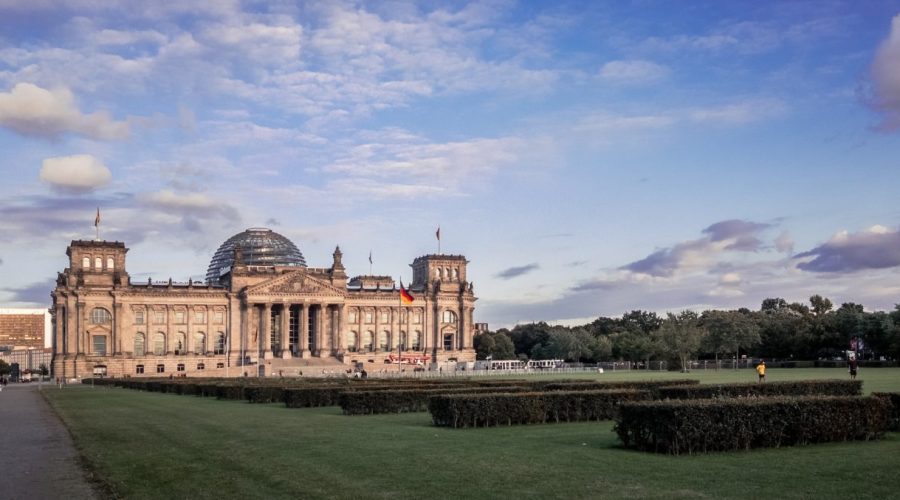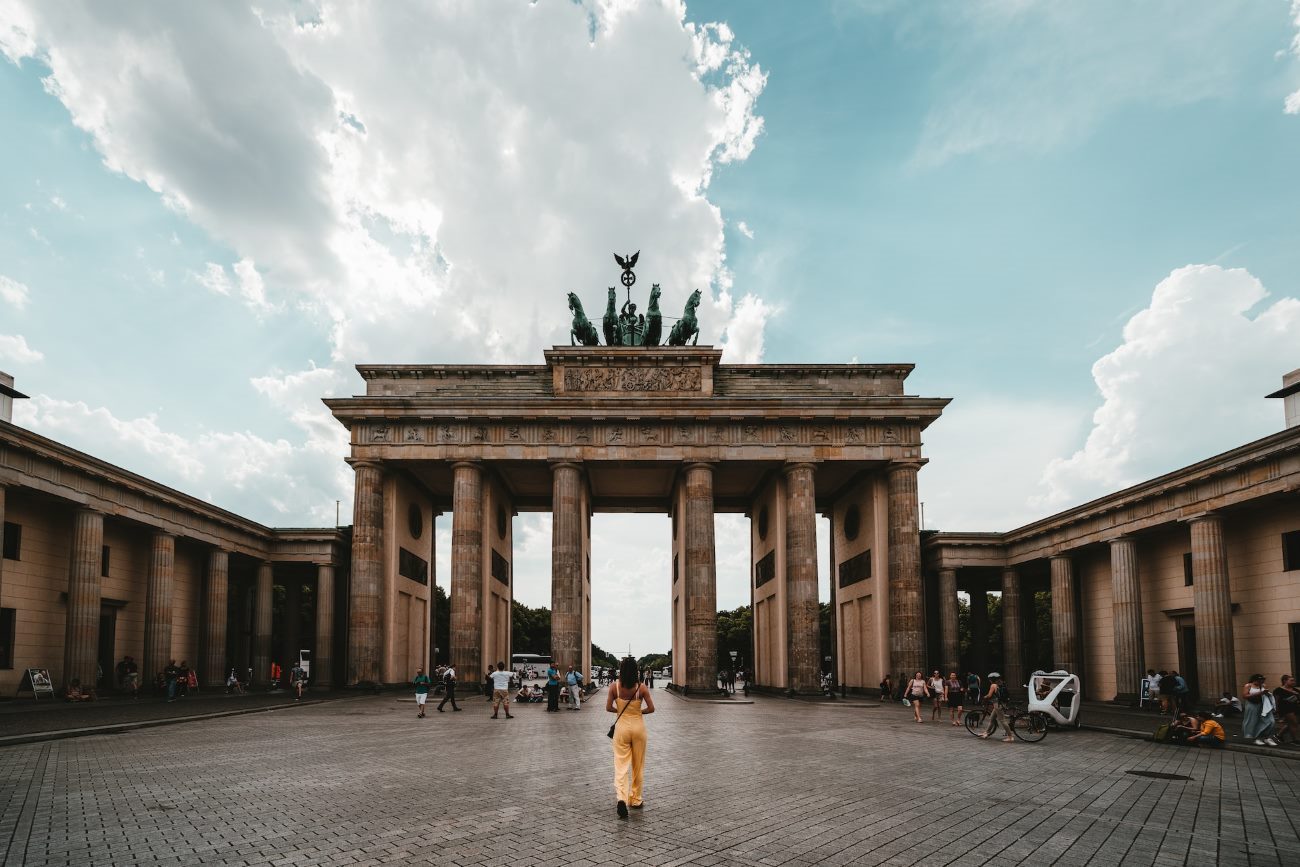Was the Berlin Wall in East or West Germany?
During the Cold War period the Berlin Wall functioned as a highly important boundary to split Berlin into two separate sections.
into two distinct parts: East and West. The solution requires analyzing deeper into
the historical background of Germany and the geopolitical situation after World War II.
The Division of Germany
Following World War II the postwar German territory fell under four occupation zones which U.S. and Soviet Union along with Britain and France respectively controlled.
Great Britain, and France. The Soviet administration gained control over eastern German territory and the western section fell under the other Allied Powers.
Alliance countries maintained authority over parts of Germany that did not belong to Soviet control.
The Formation of East and West Germany
The Federal Republic of Germany created its government in 1949 through formal institutions established in Western Germany.
its capital in Bonn. The nation established itself as a free-market economy while actively choosing the Western Bloc for leadership under the United States.
the United States.
The German Democratic Republic established itself in 1949 as the East German state which controlled the eastern sections.
Germany, with its capital in East Berlin. The country adopted communist ideals after which it joined the Soviet-led Eastern Bloc.
the Soviet Union.
The Construction of the Berlin Wall
The German Democratic Republic implemented construction of the Berlin Wall in August 1961 as its leader.
Construction started on the Berlin Wall in August 1961 since its goal was to stop large-scale immigration out of East Berlin.
Germany to West Germany.
The Berlin Wall existed as a multi-part system that included two adjacent walls together with an intermediate area where fatal incidents occurred.
in between. Different barriers including guard towers and anti-vehicle trenches alongside barbed wire and patrol roads stood within the death strip.
The combination of surveillance patrol roads and defensive elements within the death strip between two parallel walls made it virtually impossible for people to move across the boundary.
The Fall of the Berlin Wall
Throughout three decades the Berlin Wall functioned as a prominent border between the parts of Europe that remained divided into East and West. The
Multiple elements led to the collapse of the wall through widespread political demands while socioeconomic problems added to public discontentment among East Germans.
widespread dissatisfaction among East German citizens.
On November 9, 1989, due to a series of miscalculations by the East German government, a government official
A governmental official disclosed that East Germans could now move without restriction across the wall. In a euphoric moment, thousands
Thousands of East Germans entered West Berlin through the wall which became the first sign of the Berlin Wall’s demise.
The Reunification of Germany
The negotiations leading to the East-West German reunification started after the demolition of the Berlin Wall.
The path toward official unification between East and West Germany officially ended on October 3, 1990. Following the unification of the city Berlin now stands as the capital for Germany.
The Federal Republic of Germany proclaimed its foundation as the united nation following the creation of the new country.
In Conclusion
East Germany held the Berlin Wall and its segments in the territory. The German Democratic Republic built this barricade as a means to hold back its people from escaping during the division.
The German Democratic Republic built the wall to block its citizens from leaving and retain full authority over them. This wall finally fell in 1989 as an important sign for bringing Germany back together and marking the end of the Cold War era.
end of the Cold War era.
The events surrounding the Berlin Wall show us the essential value of freedom together with unity combined with human endurance.
human spirit. The monument remains today as a permanent marker demonstrating how hope achieved victory against societal separation.
Table of Contents



